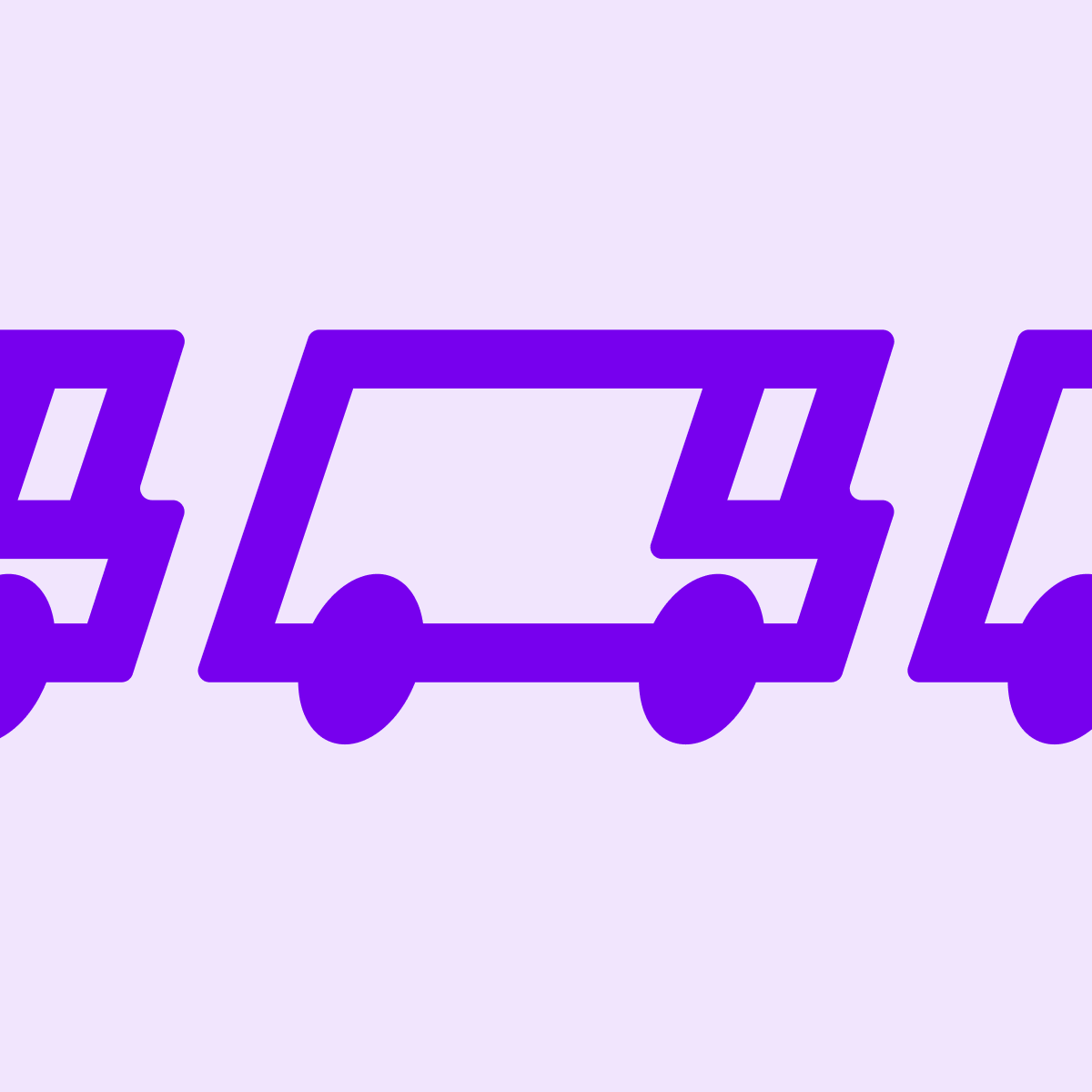Course · Part 6 · Assignment 1
Read
How to Approach These Portfolio Briefs
KeyThree
The key points from this assignment.
- Study the brief carefully, and don't rush idea generation
- Respect the time limits, and get feedback on your work
- Remember: “done” is better than “perfect”

Image credit: Baseline Team
Introduction
The portfolio briefs in Part 6 are not your life’s work. If you’re completing them to put in a professional portfolio — particularly if you’re planning to apply for design jobs — they can feel like your life’s work. But it’s important to keep things in perspective.
As we said back in Part 1, making progress is more important than perfecting work. You’ll always be able to come back to a project and make it better. But if you allow yourself to slow down and stop making progress, you’re likely to lose momentum, drift away from the course, and give up.
The five simple tips below will help you to keep making progress.
1. Read the brief carefully
At the start of the project, read the brief carefully. Perhaps print it out and annotate it. Go through it several times. Highlight key words and phrases. Note how many deliverables there are, and think how they connect to one another.
Doing this is practice for making sure that you’re solving the correct problem — essential in professional design work.
2. Don’t rush idea generation
The avenues you explore in the research and idea generation phase will determine where you end up with the final result. The aim in idea generation is to explore as many different possibilities as you reasonable can within the time available.
The big thing to avoid is coming up with your first idea and then moving forward with it straight away. Even if you think your first idea is good, make yourself continue exploring. If your first idea really was great, doing this will give you extra confidence in it. And there’s always the possibility you’ll come up with something even better.
3. Respect the time limits to keep making progress
Each brief includes some suggestions for how to divide up the time allotted to each brief. Although deviating from this is fine, try to stick roughly to the time limits so that you don’t get bogged down in just one stage of the design process.
We’ll say it again in case you missed it in the introduction: making progress is more important than perfecting work.
4. Get feedback on work in progress
Getting feedback on your design is the quickest way to get new ideas and improve the work. If you can, ask colleagues, friends, and family for their opinions on your projects. (You don’t have to agree with them, or listen to their suggestions — but always thank them for their input.)
If you don’t feel confident enough to put your work in front of other people, aim to hone your critical skills by taking an analytical eye to your own work. Remind yourself of the design principles back in Part 2, and see how well you think your drafts are observing those principles, and what you could try improving.
5. Remember: “done” is better than “perfect”
One more time: making progress is more important than perfecting work. We’re repeating ourselves because this principles is absolutely crucial to your success in these independent design briefs.
But it’s just as true in the real world of professional design. There are always deadlines to meet, or limited time available. It’s very rare that we ever get the opportunity to truly “perfect” work.
Luckily, that’s not our job. Our job is to solve the design problem in front of us, and to meet the brief. Completed work will always be more valuable than perfect work that never gets done.
In conclusion...
Best of luck with these independent portfolio briefs!